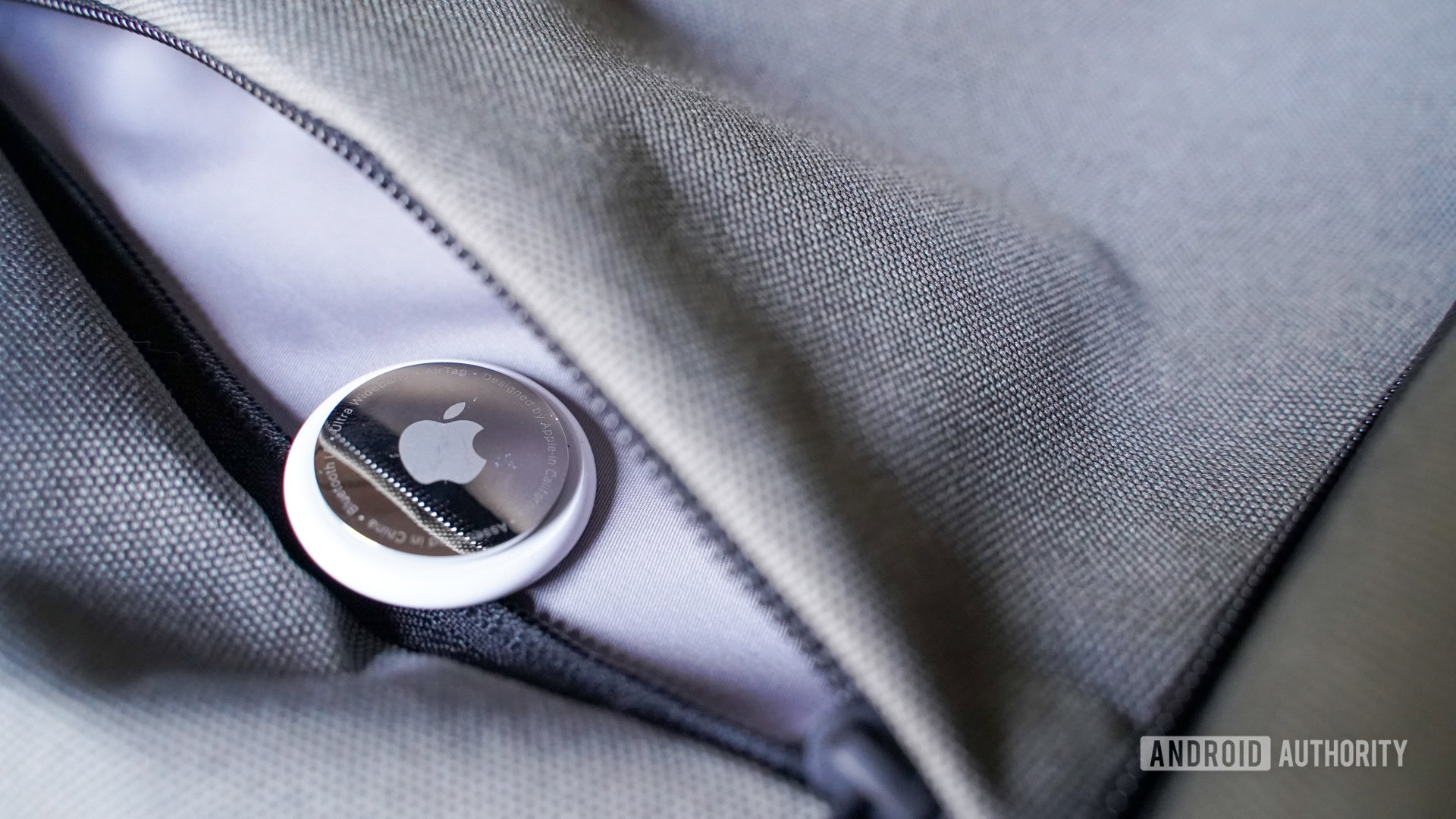In benchmarking the P510, we used our latest testbed PC, designed specifically for benchmarking PCIe 5.0 M.2 SSDs. It is built around an ASRock X670E Taichi motherboard with an AMD X670 chipset, 32GB of DDR5 memory, one PCIe 5.0 x4 M.2 slot (with lanes that have direct access to the CPU), and three PCIe 4.0 slots. The system sports an AMD Ryzen 9 7900 CPU using an AMD stock cooler; a GeForce RTX 2070 Super graphics card with 8GB of GDDR6 SDRAM; and a Thermaltake Toughpower GF1 Snow 750-watt power supply. The boot drive is an ADATA Legend 850 PCIe 4.0 SSD. (The reviewed SSD is tested as a secondary data drive.) The motherboard employs an air-cooled (fan-based) heatsink over the PCIe 5.0 M.2 slot that can be placed over the tested SSD, as I did when benchmarking the P510.
Get Our Best Stories!
All the Latest Tech, Tested by Our Experts
By clicking Sign Me Up, you confirm you are 16+ and agree to our Terms of Use and Privacy Policy.
Thanks for signing up!
Your subscription has been confirmed. Keep an eye on your inbox!
We put the P510 through our usual internal solid-state drive benchmarks: Crystal DiskMark 6.0, UL’s PCMark 10 Storage, and UL’s 3DMark Storage benchmark. The last measures a drive’s performance in several gaming-related load and launch tasks. Among the comparison drives seen in the tables below, I included not only most of the Gen 5 SSDs we have reviewed, but three of the fastest PCI Express 4.0 SSDs we have come across: the WD Black SN850X, the Samsung SSD 990 Pro, and Micron’s own Crucial T500.
Crystal DiskMark’s sequential speed tests provide a traditional measure of drive throughput, simulating best-case, straight-line transfers of large files. We use this test to determine if our tested speeds align with the manufacturer’s rated speeds.
The P510 effectively matched its rated sequential read and write speeds; both scores were within 1% of their ratings. Sequential read speed was a cut above the earliest PCIe 5.0 SSDs we tested, but well short of the Crucial T705 and below the second tier of Gen 5 speedsters; write speed was the lowest of the PCIe 5 SSDs in our comparison group. The P510’s read and write speeds were considerably faster than any of the PCIe 4.0 SSDs we’ve reviewed, which have sequential read and write speed ratings of up to 7,500MBps and 7,000MBps, respectively.
Crystal DiskMark also measures a drive’s 4K (small-file) read and write speeds; while the P510’s 4K read speed was very similar to most of our comparison drives (both PCIe 4.0 and 5.0), its write score was the highest (by a hair) among a close range of scores of all the Gen 5 drives and well above the Gen 4 SSDs with which we compared it. Good 4K write performance is especially important for an SSD used as a boot drive, though we test them as secondary drives.
As impressive as the raw speed of the P510 and other PCI Express 5.0 drives is, it’s of little use if your SSD can’t quickly perform the tasks you need it for. The PCMark 10 Storage Overall test measures a drive’s speed in performing various routine tasks such as launching Windows, loading games and creative apps, and copying both small and large files. The P510’s PCMark Overall score was the lowest of the Gen 5 SSDs we have reviewed, about 10% lower than the next-closest Gen 5 SSD, the Seagate FireCuda 540. Compared with the Gen 4 SSDs in our comparison group, the P510’s score was better than the WD SN850X but worse than the Crucial T500 and the Samsung SSD 990 Pro.
The PCMark 10 Overall score is an aggregate of the results of individual tests, which consist of various simulated system tasks, or “traces.” The P510’s scores on these tests were underwhelming relative to our comparison drives. It was in the middle of the pack in Windows loading, but fared worse in our game-launching tests, with low scores (among PCIe 4.0 as well as PCIe 5.0 SSDs) for Battlefield 5 and Call of Duty: Black Ops 4, while coming in second to last at Overwatch, ahead of the Samsung SSD Pro 990. In Adobe program launching, the P510 had the lowest score in Premiere Pro and tied for the second-lowest score on the Photoshop launching test with the Crucial T500, while edging out the WD SN850X. In the ISO Copy trace, although its score was below the PCIe 5 drives in our comparison group, it easily beat the Gen 4 SSDs.
The 3DMark Storage benchmark tests an SSD’s proficiency in performing various gaming-related tasks. In it, the P510 was in the thick of a close pack of four SSDs that trailed the T705 by a large margin.
Based on its benchmark scores, the Crucial P510 is best for straight-line file transfers, copying, archiving, and accessing data. It’s a mainstream SSD, so we wouldn’t expect it to perform like the top-end Gen 5 speedsters we’ve reviewed, and indeed, its performance was more in line with some of the elite PCIe 4.0 sticks we compared it with.










